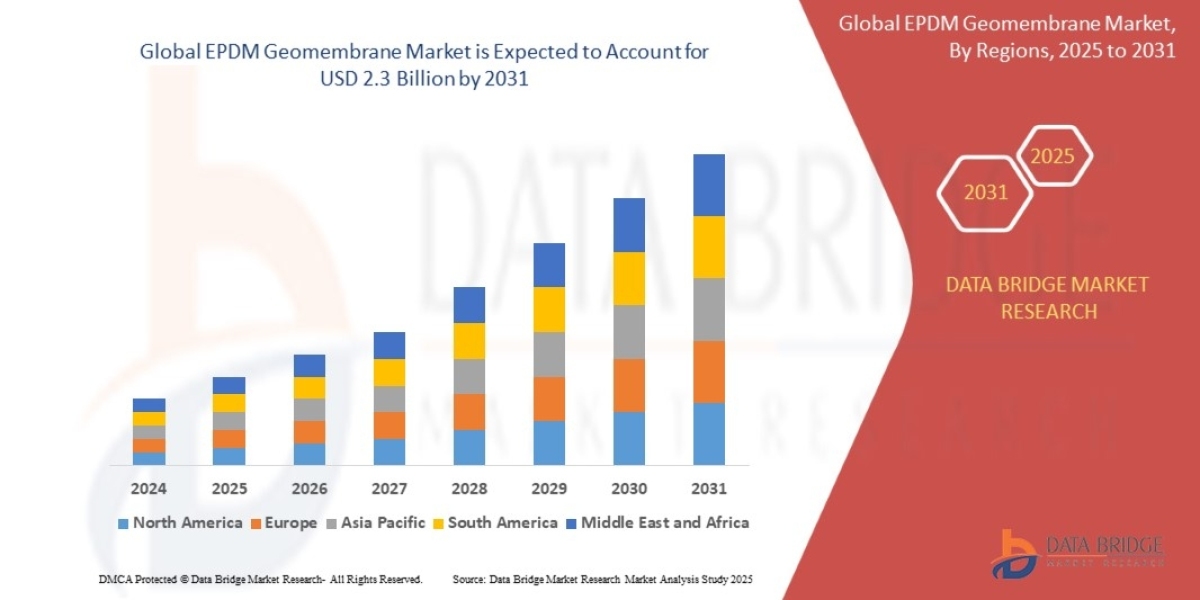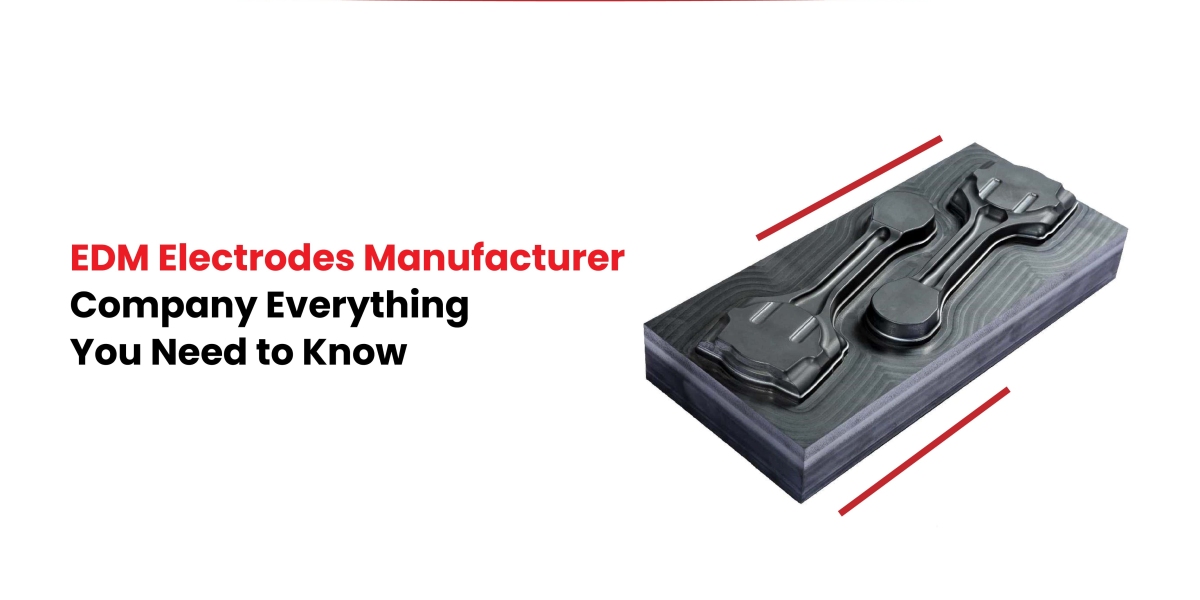Automotive Insurance: Safeguarding Your Drive
Automotive insurance, also known as car insurance or motor insurance, is a critical component of responsible vehicle ownership. It provides financial protection against physical damage, bodily injury, theft, and other liabilities arising from road accidents or unforeseen events involving vehicles. In today’s fast-paced world, where road risks are ever-present, automotive insurance offers peace of mind and legal compliance for vehicle owners.
What is Automotive Insurance?
Automotive Insurance Market Size is a contract between a vehicle owner and an insurance company, wherein the insurer agrees to compensate the insured for losses specified in the policy, in exchange for regular premium payments. The policy typically covers damages resulting from accidents, theft, natural disasters, and legal liabilities toward third parties.
Types of Automotive Insurance Coverage
- Third-Party Liability Insurance
- Mandatory by Law in Many Countries
- Covers damages to third-party property or injury/death to others caused by the insured vehicle.
- Does not cover the insured vehicle’s damages.
- Comprehensive Insurance
- Offers all-round protection including third-party liability and own damage.
- Covers natural disasters, theft, vandalism, fire, and more.
- Collision Coverage
- Pays for damages to the insured vehicle due to collisions, regardless of fault.
- Personal Accident Cover
- Offers compensation for death or permanent disability of the driver/owner due to an accident.
- Uninsured/Underinsured Motorist Coverage
- Covers damages when the at-fault party lacks sufficient or any insurance.
Why is Automotive Insurance Important?
- Legal Requirement: Driving without insurance is illegal in many jurisdictions.
- Financial Protection: Saves the insured from potentially massive out-of-pocket expenses.
- Peace of Mind: Reduces stress knowing you’re protected from unexpected events.
- Liability Coverage: Protects against lawsuits, injury claims, or damages to third-party property.
Factors Affecting Automotive Insurance Premiums
- Vehicle Type and Age
- Driver’s Age and Driving History
- Location
- Usage of the Vehicle
- No-Claim Bonus (NCB) History
- Add-On Covers (e.g., zero depreciation, engine protection)
Emerging Trends in Automotive Insurance
- Telematics and Usage-Based Insurance (UBI): Premiums are determined by driving behavior through data collected from GPS devices or mobile apps.
- AI and Automation: Accelerated claim processing and fraud detection.
- Electric Vehicle (EV) Insurance: Customized plans tailored to EVs due to their unique risks and repair costs.
- Digital Platforms: Online policy purchase, renewal, and claim filing are now the norm, enhancing customer experience.
Conclusion
Automotive insurance is more than a legal necessity—it is a strategic tool to safeguard your assets, ensure financial stability, and promote road safety. With increasing road traffic and risks, choosing the right insurance policy with adequate coverage is vital. As the automotive landscape evolves with advancements like autonomous vehicles and electric mobility, the insurance industry is also adapting, offering smarter, more personalized solutions to protect drivers and their vehicles.
Related Report -






